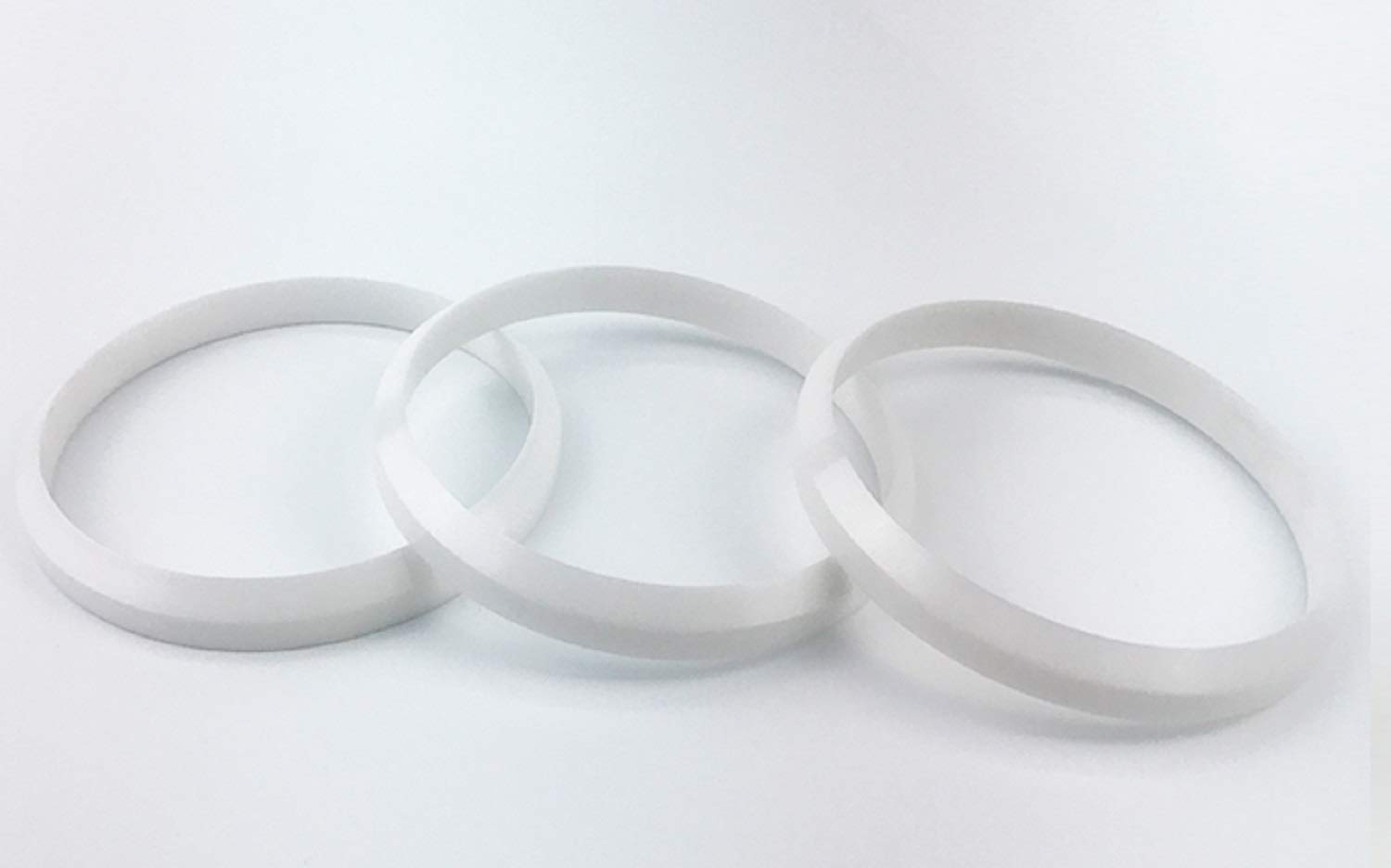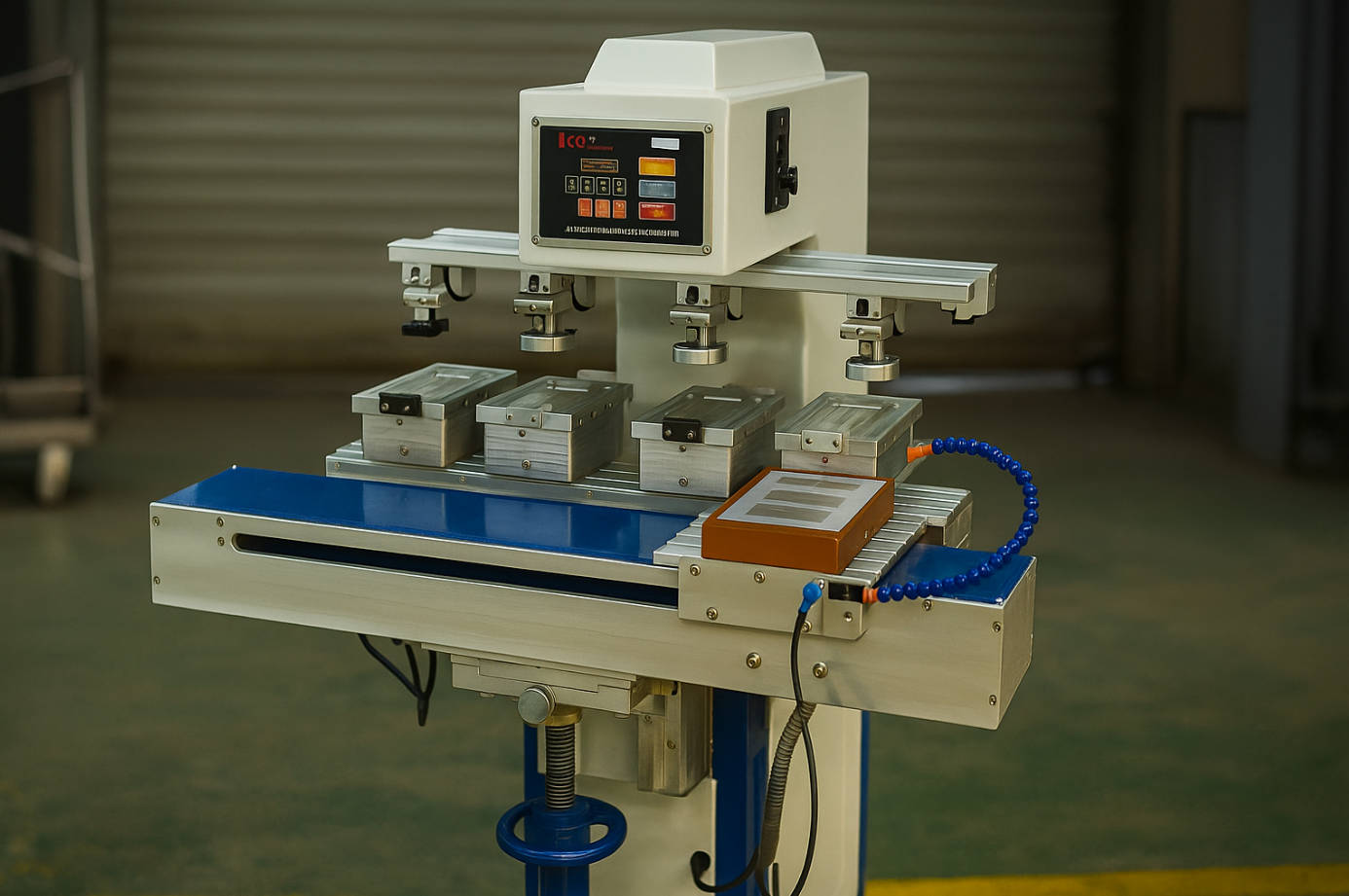Overview
Pad printing is a flexible and popular method frequently used in various industries, including toys, electronics, automotive, and promotional goods. The printing cliché plates, which are the center of this technique, are essential in moving ink from the plate to the substrate through a silicone pad. One crucial concern frequently arises for anyone intending to buy these plates is: Does the thickness of pad printing cliché plates affect the printing results?
This post will examine the effects of cliché plate thickness on pad printing quality, offering helpful information to individuals weighing their alternatives. We will discuss the intricacies, real-world ramifications, and professional recommendations to assist you in making an informed choice.

Understanding Pad Printing Cliché Plates
It’s crucial to comprehend pad printing cliché plates and their function in the printing process before delving into the nuances of thickness. The etched or engraved plates used for clichés hold the picture that will be printed. These plates are inked during the printing process, and the image is later transferred to a silicone pad, which prints the photo onto the chosen substrate.
Common Materials and Thickness
Steel, polymer, or ceramic are common materials for printing cliché plates. The intended use and manufacturing volume are significant factors in material selection. These plates’ standard thicknesses usually vary from 0.25 mm to 10 mm, depending on the material and the project’s particular needs.
The Impact of Cliché Plate Thickness on Printing Quality
Ink Transfer Efficiency
The efficiency of ink transfer is one of the main ways that the thickness of cliché plates influences printing outcomes. Thicker plates can hold more ink, which is advantageous for applications requiring thick ink deposits. On the other hand, finer, more detailed prints that require less ink might be better suited for thinner plates. To get the best printing results, it is essential to comprehend how plate thickness and ink transfer relate.
Image Sharpness and Detail
The printed image’s clarity and level of detail are also greatly influenced by the thickness of the cliché plate. Sometimes, thicker plates result in less accurate images because the ink has to travel farther to reach the substrate from the plate. Thinner plates, however, can provide more detail and resolution, making them perfect for small text and elaborate graphics.
Durability and Longevity
Thickness is an important consideration when considering the resilience and lifespan of printing cliché plates. Generally, thicker plates—especially those composed of steel or other strong materials—are more resilient and can sustain increased production volumes without suffering appreciable wear. Conversely, thinner plates might offer more information, but they might also wear out faster and must be replaced more frequently. Maintaining efficient and cost-effective production requires striking a balance between these aspects.
Factors to Consider When Choosing Cliché PlateThickness
Type of Substrate
Plate thicknesses may interact differently with various substrates, including metals, ceramics, and polymers. For instance, thicker plates that retain more ink and provide better coverage could be advantageous when printing on textured or rough surfaces. On the other hand, thinner plates with more detail and precision may work well with smooth and delicate surfaces.
Ink Type and Viscosity
The kind can also influence the choice of plate thickness and ink consistency. For thicker inks to hold and transfer the right amount of ink efficiently, bigger plates can be needed. On the other hand, thinner inks may function better with thinner plates, allowing for prints with greater accuracy and finer detail.
Printing Speed and Production Volume
Essential factors to consider are production demands, such as printing volume and speed. Thicker plates that can withstand the rigors of rapid operation without deteriorating quickly can be advantageous for high-speed printing. Though thinner plates may have a shorter lifespan, they may be better for more detailed prints or smaller production runs.
Cost Considerations
Lastly, money is a factor no matter what. Although thicker, more robust plates may initially cost more, their longer lifespan may result in a better overall value. Although thinner plates would be less expensive initially, they might need to be changed more frequently, raising the cost of production.
Case Studies and Real-world Instances
Real-World Applications
Let’s look at a few real-world examples to show how cliché plate thickness affects printing outcomes.
| Project | Plate Thickness | Material | Outcome |
| High-Volume Industrial Printing | 10 mm | Steel | Excellent durability and consistent print quality across thousands of parts. |
| Fine Detail Printing for Electronics | 0.5 mm | Polymer | High precision and fine detail essential for intricate designs; more frequent replacement. |
| Promotional Items with Varied Substrates | 0.25/0.3/0.5 mm | Carbon steel | Good balance of durability and detail, versatile for various project requirements. |
Comparative Analysis
A provider of Printing Cliche Plates performed a comparative study to ascertain the ideal thickness for a range of applications:
| Plate Thickness | Best For | Pros | Cons |
| Thin Plates (0.25-0.5 mm) | High-detail prints, low-viscosity inks, smooth substrates | High resolution, precise detail | Shorter lifespan, more frequent replacements |
| Thick Plates (10 mm) | High-volume industrial printing, heavy inks, rough substrates | Highly durable, excellent ink transfer | Less detail, higher initial cost |
Testimonials from Industry Professionals
Experts in the field have discussed their experiences with various thicknesses of cliché plates. A producer of Printing Cliche Plates emphasized how crucial it is to adapt plate thickness to the project’s particular requirements. “We usually use thicker plates for high-volume runs. Over time, they save us money and time,” remarked a senior production manager. In contrast, a fine-detail print designer said, “Thinner plates are indispensable for achieving the level of detail our clients demand.”
Expert Recommendations
Here are some professional tips for choosing the appropriate cliché plate thickness based on the data gathered:
● Evaluate Your Particular Needs: Consider the specifics of your project, such as the substrate, kind of ink, and amount of detail needed.
● Engage in Supplier Consultation: Speak with your Printing Cliche Plates supplier to determine the finest choices for your budget and production requirements.
● Test Various Thicknesses: Experiment with various plate thicknesses to see which yields the best outcomes for your application.
● Balance Cost and Performance: To make an economically sound choice, consider the long-term expenses related to durability and replacement frequency.
In summary
Pad printing cliché plate thickness significantly impacts printing outcomes, including longevity, picture sharpness, and ink transfer efficiency. By comprehending these effects and considering variables such as substrate kind, ink consistency, and manufacturing requirements, you may determine the ideal plate thickness for your requirements. Optimizing printing performance can be ensured by utilizing the knowledge and experience of Printing Cliché Plate suppliers or manufacturers and carrying out hands-on testing.






